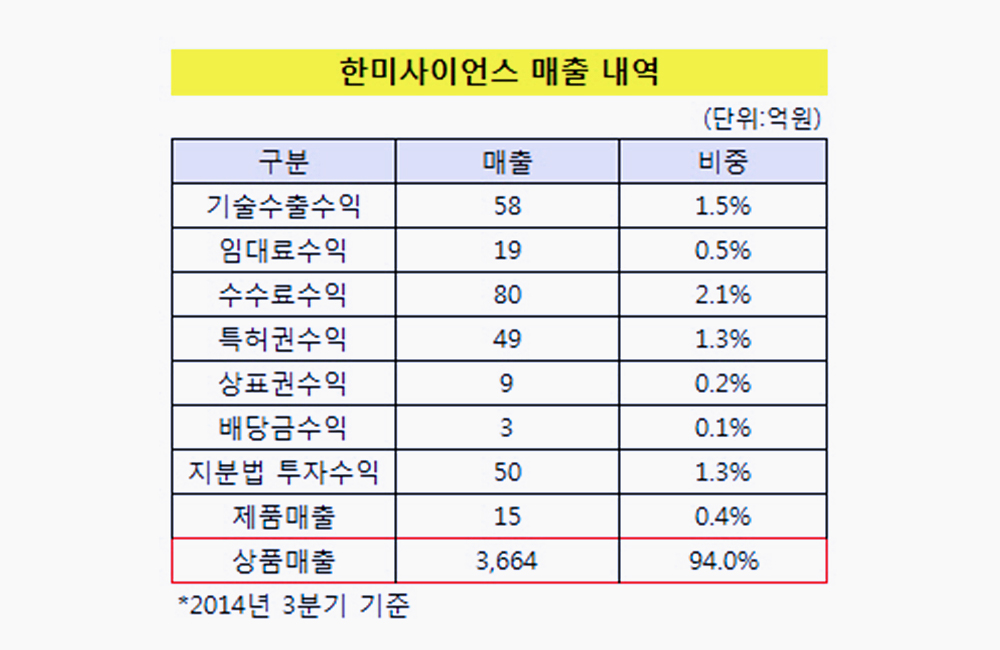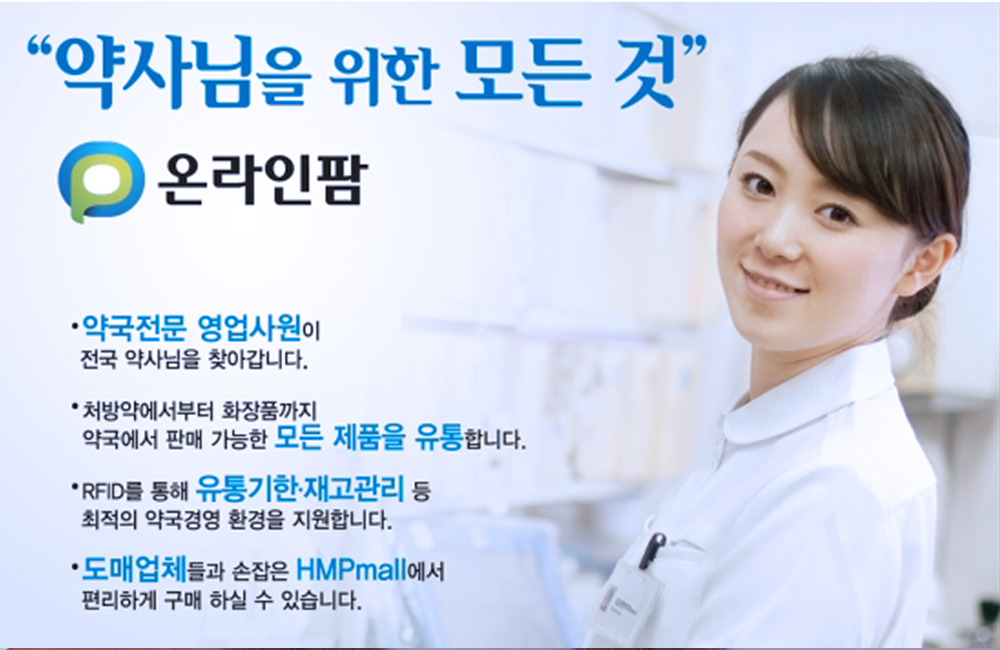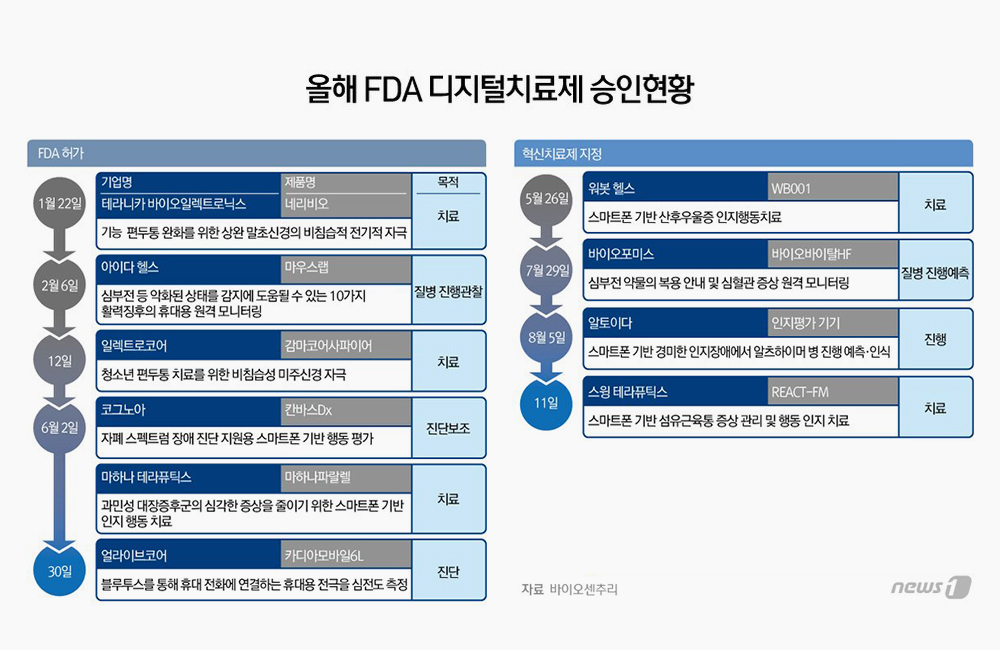With so many types of digital health solutions available, device developers could be wondering where the key distinctions lie and which will drive business value for their offerings. Digital Therapeutics (DTx), however, are one subset of digital health products that device developers should keep their eye on. According to the Digital Therapeutics Alliance (DTA), DTx delivers medical interventions using evidence-based, clinically evaluated software to treat a series of conditions. The most notable DTx to date have been software products only, but growing opportunities exist for medical device vendors to create DTx that combine a software element and a device.
These combination DTx offer traditional device-based companies the chance to further their capabilities in digital health and provide a more appealing, competitive product while retaining value around their core devices. In addition, Philips has recently joined the DTA, which had, up until that point, been made up of pharma and standalone DTx companies. This marks an interesting development for the organization and for the industry; it is a clear sign that DTx – and combination DTx, in particular – are not just for pharma companies.
But what can device vendors who embrace and develop combination DTx stand to gain?
Boosting competitiveness
In an increasingly competitive industry, device manufacturers can differentiate themselves by offering peripheral services on top of core device functionalities. Combination DTx do exactly that. They turn ‘standalone’ medical devices into tools that can gather, analyze, and share data to manage, treat, or perhaps even prevent certain medical conditions.
They also can generate new revenue streams, expand existing product portfolios, or even enter new therapy areas. While combination DTx retain the value of the device, developing software capabilities will enrich a company’s portfolio and enable a more diverse offering into the future.
The key feature of DTx, as opposed to other digital health solutions, is they are clinically validated. As a result, they offer the potential for greater adoption among clinicians, who can be assured the product does what it claims to and can prescribe them in the several markets where reimbursement pathways are available. All-in-all, devices packaged in a combination DTx will stand out against competitors’ standalone products and ensure patients receive better, more personalized care.
Facilitating reimbursement
Several markets have already introduced legislation to permit doctors to prescribe DTx solutions and provide reimbursement options for patients. Even in regions where DTx pathways haven’t been specified, the assurance of clinical efficacy will strengthen chances of reimbursement in a wider market.
In Germany, the DiGA legislation allows doctors to prescribe apps, and costs can be reimbursed through health insurance. The DiGA Fast Track process is available to all countries in the European Union; however, this is subject to strict regulatory approval and data protection laws.
Meanwhile, in Belgium, the National Institute for Health and Disability Insurance announced its health app reimbursement scheme earlier this year, allowing medical apps to be reimbursed under insurance schemes. While progress may be slow, the tide is turning.
In the United States, the new Remote Therapeutic Monitoring (RTM) codes, set to go live in January 2022, demonstrate a growing acceptance of the use of connected medical devices and digital health. Even though there is not yet a clear path to reimbursement for DTx, the fact that DTx are clinically validated certainly strengthens the case for reimbursement in that region.
Augmenting traditional strengths with new capabilities
Their clinically validated nature separates DTx from other digital health solutions. While this comes with a regulatory burden that can be challenging for those used to low-impact, non-regulated solutions, it will be nothing new for device developers familiar with the pathways, quality management systems, and processes used to certify medical devices.
Embracing DTx can allow device vendors to diversify their offerings and expand the value of core devices into the future. While it might appear difficult to enter new territory, device vendors don’t need to develop companion DTx independently. They can augment their traditional capabilities by engaging a specialist digital health partner to get ahead of the competition.
A step on the path to better patient care
DTx are an, as yet, relatively untapped resource for medical device developers. At their core, they deliver better healthcare through clinically validated software interventions. While that’s the overall goal we’re seeking, they can provide a multitude of benefits for vendors to make their offerings more appealing, for healthcare professionals to have more confidence in prescribing these solutions and devices, and for patients to have more personalized healthcare. Crucially, combination DTx can enable new ways of looking at data, unlocking actionable insights, and, ultimately, driving better outcomes for patients.









